Face masks have become commonplace due to the global pandemic, but they still run a wide range of quality levels, from the possibly-worse-than-nothing neck gaiters to full closed air supply respirators and everything in between.
If you take the wide world of masks, it’s too varied to discuss. Instead, we’re simplifying the discussion a bit. Rather than discuss masks in general, we’re talking about one thing that makes masks more effective than masks without it; the filter.
Some masks have removable filters. Some have filter cartridges. Some have filters built into the mask itself, such that the mask is disposable because the filter can’t be replaced. So, let’s talk about them all!
Why Use a Filter
While most people now have a mask or two – or a box of disposable masks – to protect themselves from Coronavirus, there are a lot of other reasons why you might wear a mask. People working in construction, where they’re exposed to dust, sawdust, concrete powder, and other environmental contaminants will wear masks. People working with hazardous materials like asbestos will wear masks. People working with patients who have diseases other than Coronavirus will also wear masks.
Masks are useful for much more than just medical protection, and filters are a must for most of those other uses.
Let’s be clear for a moment. The purpose of a mask with regards to Coronavirus is to minimize and stop droplet spread. When you cough or sneeze, when you talk, even when you breathe, moisture from your breath spreads out in a cloud around you. If you think about the plume of condensed moisture that spreads from your face when you breathe in winter, you have some idea what we mean. Or, think of people who smoke or vape; the cloud they breathe out is no different than the otherwise invisible cloud of moisture you breathe out daily.
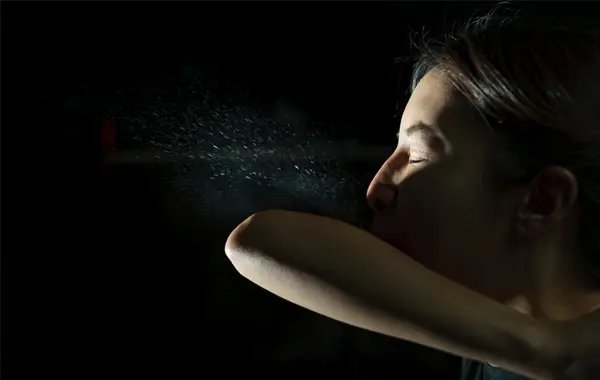
For Coronavirus, a filter adds additional protection. Moisture droplets are large enough that the majority of them are caught by the fabric of the mask itself, but a filter catches some micro-particles that may have otherwise escaped a cloth mask. That’s why your mask grows moist over time, and why it feels hot and humid to breathe with a mask on.
A filter can help, though it depends on the kind of filter. Some filters are better at filtering out small particulate matter than others.
Filters will help protect you from breathing in other things you don’t want to breathe – things like the particulate from smoke, odors from perfume or garbage, dust, and dander can be filtered by a mask with a filter in it.
NIOSH/OSHA certified masks meet certain standards of filtration, but to be certified, a mask must have a full-face seal. The masks you buy from Etsy, for example, may filter as much or more particulate with the right kind of filter in place, but because they don’t have a face seal, they can’t be certified. Full face respirators offer maximum protection, but they are more commonplace for industrial and biohazard settings and are large and clunky.
So, you should make certain to use a mask with a filter if:
- You’re working with hazardous materials and need to protect your lungs.
- You’re worried about airborne particles, such as smoke from wildfires.
- You want an additional layer of protection from environmental contaminants.
You may also want to wear a mask with a filter if:
- Your primary purpose for wearing a mask is to comply with regulations and avoid the spread of Coronavirus.
- You want to keep moisture from your breath in circulation to avoid dehydration.
While you might not be required to use a mask with a filter, it will never hurt you to do so, so long as you use it properly. It’s important to choose a filter that is high flow and breathable if you are you suffer from asthma or COPD.
Why Filters Need to be Replaced
So why do filters need to be replaced, anyway? Well, if you’ve ever emptied a vacuum cleaner, cleaned out a household HEPA filter, or just had to clean a window screen after using a window fan for a while, you know the reason.
Filters trap particulate. This can be moisture that has contaminants in it, or it can be dust, ash, smoke, or whatever other contaminants are in the air. A filter essentially works by acting as a mesh screen that’s so tight that large particles get stuck in it while small particles make it through. Air, fortunately, is small enough to pass through so you can still breathe. Particles carried on the air, meanwhile, are larger and get trapped.
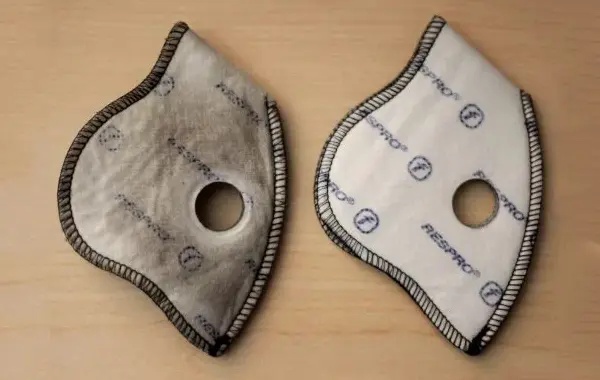
When you see a mask that has a filtration level, you’ll often see something like “this can filter particles up to .1 microns”. A micron is a unit of measurement of something very, very small. One micron is one-thousandth of one millimeter. One-tenth of one micron is one ten-thousandth of a millimeter. It’s very, very tiny! You can see a rough idea of the sizes of various particles here.
Again, though, when a filter removes particulate from the air, it doesn’t go anywhere. It’s not like your filter has a little release valve where you can shake out the stuff it trapped, like emptying the bag or canister of a vacuum cleaner. No, all of that dust and ask and bacteria and moisture is trapped in the filter itself.
The more stuff there is trapped in the filter, the harder it is for other stuff to pass through. Those .1 micron holes are clogged up so even much smaller particles get trapped or just can’t pass through. While this might sound like it makes the filter more effective, you reach a point where those holes clog up completely. Not even air can pass through them.
That’s why, after using a filtering mask for a while, it becomes harder and harder to breathe through it. The filter is letting less and less air through, so you have to fight harder and harder to breathe. Eventually, it becomes so hard to breathe that you no longer can, not effectively. At that point, the filter either needs to be cleaned or replaced.
How Long do Different Kinds of Filters Last?
How long does this process take? When you open up a new filter and put it into your mask, how long can you use it before it needs to be refreshed? Well, it depends in part on the kind of filter you’re using, how much you’re using it, and how contaminated the environment is.
Environmental contamination: This one is easy to see how it affects mask usage. The more dust and particles there are in the air, the more is filtered out into the filter, and the more it gets clogged. A mask that is worn in a construction zone, in a stone-cutting room, during demolition, or in a smokey area like parts of California or Australia during wildfires, will get clogged up very quickly.
Types of filters: Different types of filters last different lengths of time. Masks that filter smaller particles clog up faster, because a large particle can block so many more points of access, and because there’s just so much smaller stuff in the air that you can’t even see with the naked eye. N95s filter less than N99s, which filter less than P100s, and so on.
Usage level: Are you wearing the mask for a quick trip into the grocery store, or for a four-hour job spent in a work zone? The more you wear the mask, the faster it clogs up.
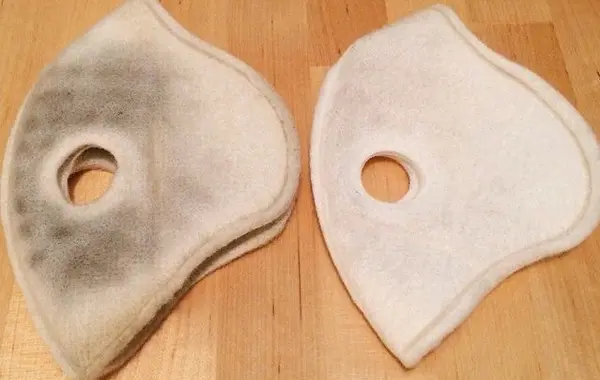
Some filters have materials in them that degrade over time once they’re exposed to the air. For example, activated charcoal filters will actually pull moisture from the air even when you’re not breathing through them. This makes them degrade over time even if you’re not actively using them, though they will degrade faster through active use.
In general, you want to read the instructions on any filter you’re using, and follow the guidelines they tell you. To use a few common examples:
- 3M filters simply say to replace when it becomes harder or uncomfortable to breathe through the filter. You can see this in their filter documentation.
- Some replaceable activated charcoal filter pads say they should be replaced daily.
- Our own MyAir replacement filters should be replaced after each use, though many of our customers report being able to use them comfortably for several days before it becomes harder to breathe; your usage may vary. It depends how contaminated the air is, how well they are stored, how long they are worn, and a number of other factors.
The other reason you would want to replace a filter is if it becomes damaged. A tear or rip in the surface of a filter, a crack in plastic around a canister filter, or any other sort of damage can compromise the integrity of the filter. For old filters, this means you could end up breathing in the stuff that the filter has trapped. For new filters, the damage means the filter might not filter properly, and you could risk breathing in the filtration material, like activated charcoal, which can irritate lungs and cause damage. Any time a filter is damaged, even if it’s otherwise new, replace it.
Can a Filter be Cleaned and Reused?
Different kinds of filters need to be treated differently.
Most filters, though, cannot be cleaned or reused. It’s actually quite rare for a face mask filter to be reusable. Reusable filters are more the realm of air purifiers, vacuums, and other appliances, not individual masks. The reason is two-fold; filters that can be cleaned are larger, to allow for access, for one thing. For another, a poorly cleaned filter in a room-wide air purifier means the purifier won’t work as well. A poorly cleaned mask filter puts you directly at risk of breathing in what you think should be filtered. The last thing you want is to use a filter that grew moldy, right?

Masks that have filters built into them, like some construction dust masks and filtering face masks, are designed to be disposable. The masks are used until the filter is clogged, or until the procedure or work is done, whichever comes first. Then, the mask is discarded, and a new one is opened for the next use.
Masks that have removable filters, 99% of the time, are meant to be disposed of as well. Filters like our MyAir filters are disposable and replaceable easily, so you should dispose of them whenever it becomes difficult to breathe through them.
Meanwhile, the mask itself should be cleaned and sterilized between uses whenever possible. For MyAir masks, for example, they can be run through the wash with laundry or hand-washed with soap and hot water, then left to air dry. Other kinds of masks may have their own cleaning procedures. We covered mask cleaning in another post, by the way, which you can read here.
Final Thoughts
At the end of the day, if you’re wearing a mask for protection during the pandemic, you should be wearing a comfortable mask, ideally with a breathable filter. The moisture you breathe out will be caught by most masks, and you can add another layer of protection with a filter, or even with a face shield. There’s some new evidence suggesting that a face shield can be an additional layer of protection when worn with a mask, though it doesn’t help without a mask.
If you’re wearing a face mask for reasons other than Coronavirus, however – like smog, wildfire smoke, or construction work – you’ll want to make sure you’re using a mask with a filter. In that case, you’ll simply need to use your best judgment. Wear the mask and use the filter for as long as it’s comfortable to breathe and use, and once it’s difficult to breathe, replace it.
Just one word of caution; don’t use a mask filter longer than it’s comfortable to use. When it becomes harder to breathe, you end up starving yourself of oxygen. This makes it harder and more stressful to do your daily tasks, and you run the risk of even passing out, though most people are more likely to breathe contaminated air than pass out. Either way, exercise due caution, make sure you’re keeping spare filters on hand, and keep yourself safe!
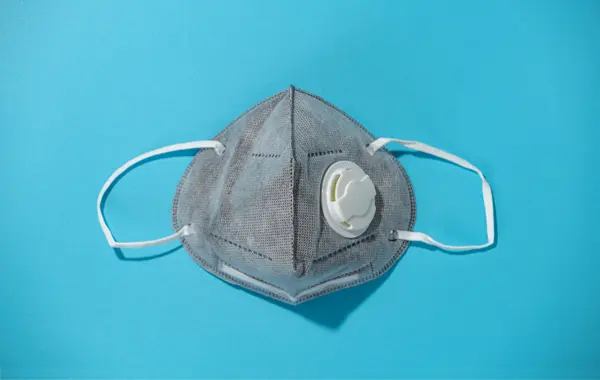
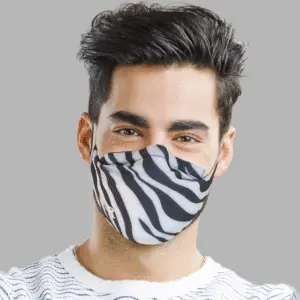

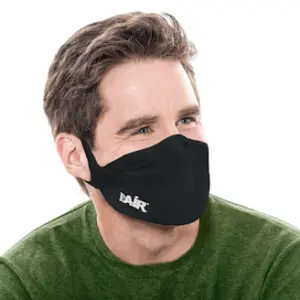
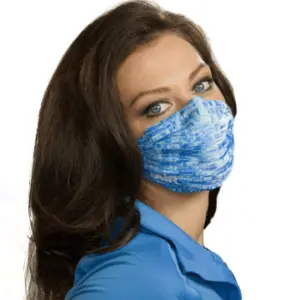
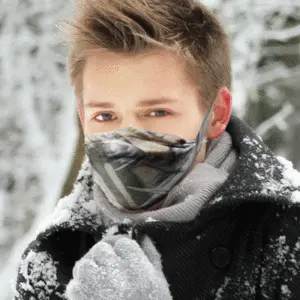
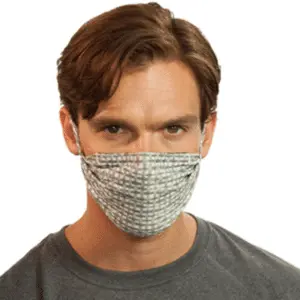
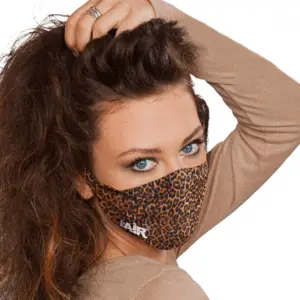
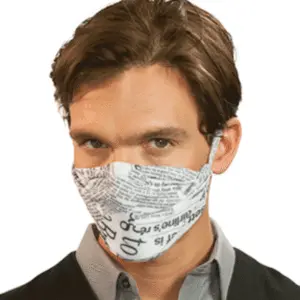

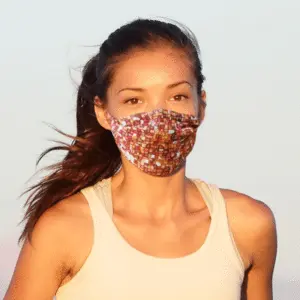

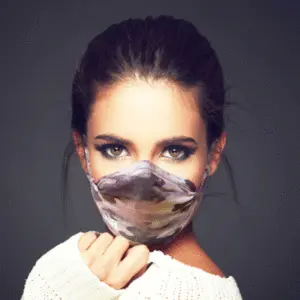
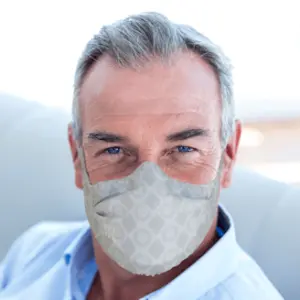



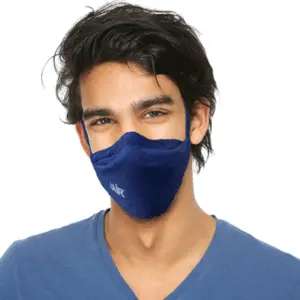

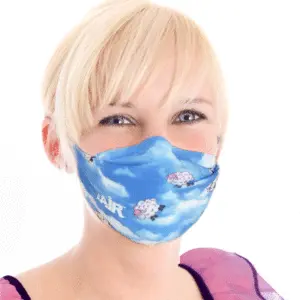
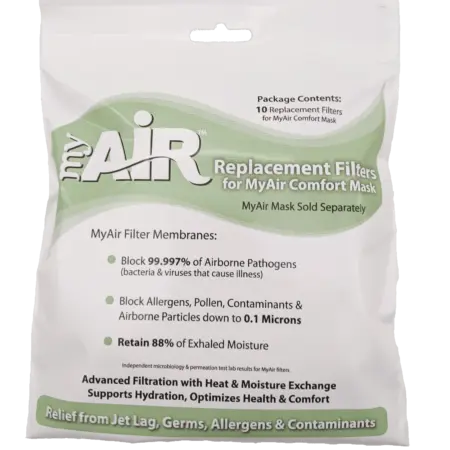
0 Comments